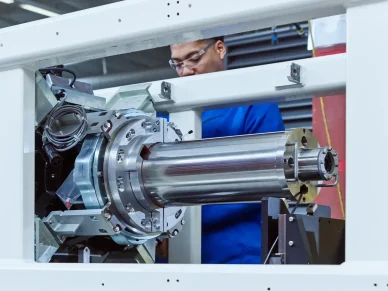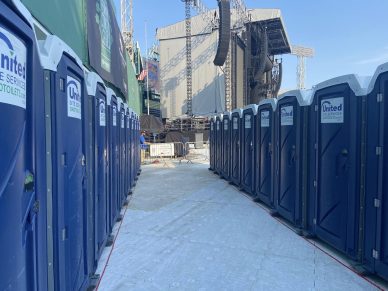While industry experts are predicting a significant increase in precious metal mining yields over the coming years, is it logical to assume a corresponding increase in profits? There are a number of factors that could, theoretically, impact profitability. Looking closely at production trends, market prices, and economic conditions provides some insight into what the future may bring.
According to a recent report by Research and Markets, Canada produced 4.4 million ounces of gold in the past year. The report predicts the total output will increase to approximately 5.1 million ounces as the result of expansion projects either underway or anticipated.
There are, without a doubt, significant reserves to keep mining operations going for many years. Business Wire, in a February 27, 2015 article, reports the United States Geological Survey (USGS) is estimating Canada’s gold reserves at 920 tons. Large reserves of silver and platinum also indicate mining prospects, based on available resources, are encouraging.
Richmont Mines, for example, reportedly saw its volume of gold sales increase over 49 percent during the past year. Seeking Alpha, in an article dated February 26, 2015, reported the company is planning to invest $48.3 million in a major expansion of its cornerstone Island Gold Mine to enable the company to recover high-grade ores located deeper than currently mined deposits.
Richmont’s President and CEO Renaud Adams, in a February interview, stated “Our ultimate objective is to transform Island Gold Mine into a multimillion ounce long-life, high production and low cost operation, with the ability to deliver years of industry leading high quality drills from a mining-friendly and safe jurisdiction.” That language suggests the company intends to continue its trend toward expansion in coming years.
Vancouver based SilverCrest Mines, Inc. also anticipates continued high outputs from its Santa Elena mine in Sonora, Mexico. The anticipated life of that mine is currently estimated to be at least seven years, but exploration in the area is expected to produce additional discoveries.
Upcoming Canadian projects, as well as projects in other countries, will further add to the annual production, which may alter market conditions. While some mines will certainly become less productive as expansion occurs in other areas, an increase in total world production may put downward pressure on prices.
In addition, economic conditions impact the price of precious metals, suggesting investors closely monitor the cost per ounce when exploring the potential for purchasing stock. Richmont’s CEO Adams recently reported the company “delivered this productions in average consolidated cash cost per ounce of US$866, which was 15% below 2013 level, with all three of our mines contributing to this improved financial efficiency.”
By keeping its costs of operation low, mining operations are better equipped to weather unfavorable economic conditions without interrupting operations. That is a significant factor, as ramping up operations once conditions improve is a far simpler process than bringing a shuttered mine back to full capacity.
With precious metal reserves yet to be explored, the outlook for mining in the future is quite good, but predictions of high profits should not be taken at face value. There are simply too many factors that can serve to mitigate those predictions.
In addition, government regulations can alter the landscape quickly. While regulations have long been the bane of mining operations, many countries are now moving to approve new mining strategies that could alter the playing field.
While exploration will provide additional output, that output alone will not guarantee enhanced profits. For profits to increase, efficiency must improve throughout the industry. Canada’s mining future is dependent on becoming more efficient in everything from supply chain economics to site restoration.

















